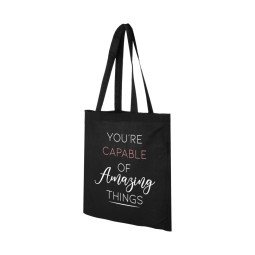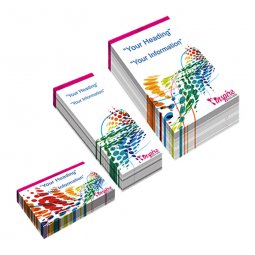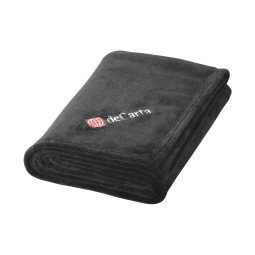What is the difference between glued or stitched bounded books?
When we make books or brochures, at some point the pages must be attached to the cover. Brochures are usually stapled; books are mostly bound in two different ways: with glue or with thread. Both techniques have their own look and their own advantages. We will explain the difference between these 2 methods here.
Glued or perfect binding
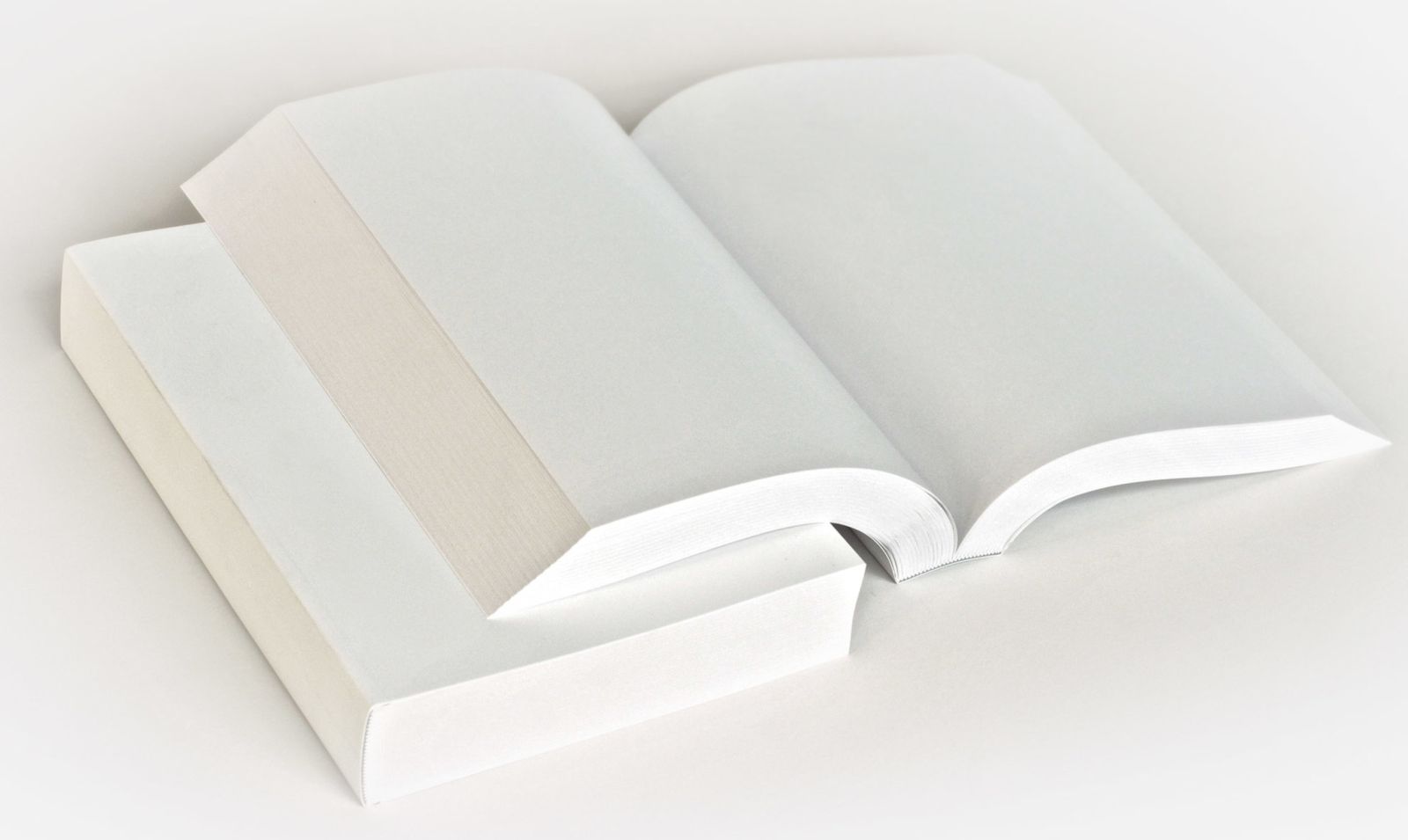 With glued books, loose pages, not quires, are glued into the spine of the cover. Because we don't use a needle and thread for this, we also call it threadless binding. Two types of glue used for gluing are PUR adhesives and hot-melt adhesives.
With glued books, loose pages, not quires, are glued into the spine of the cover. Because we don't use a needle and thread for this, we also call it threadless binding. Two types of glue used for gluing are PUR adhesives and hot-melt adhesives.
Benefits of glued binding
Glued binding is an economical and durable method of binding for magazines, brochures and books. Because gluing is easier than sewing, glued books are cheaper. They are also slightly more rigid due to the glue. Glued binding is not recommended for very heavy use. The books or brochures are still durable, but slightly more fragile.
Glued binding, for example, is used for softcover books, glued brochures and to make dissertations look professional.
Thread sewn binding
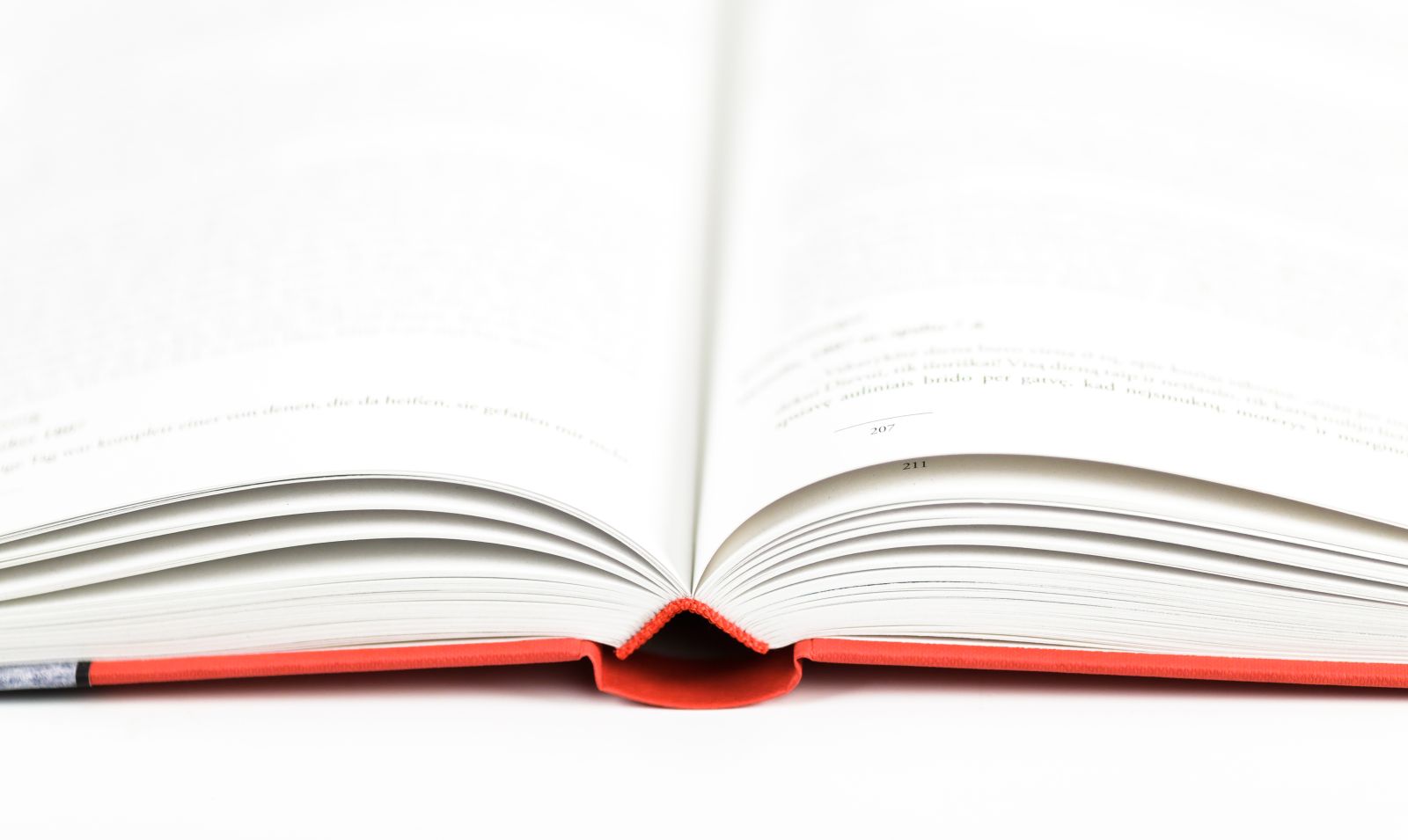 With sewn-bound books, a group of sheets folded in half is inserted into a binding machine and sewn into several sections. These sections are then glued into the spine of the cover with endpapers.
With sewn-bound books, a group of sheets folded in half is inserted into a binding machine and sewn into several sections. These sections are then glued into the spine of the cover with endpapers.
Benefits of thread sewn binding
The sections of sewn-bound books are glued into the cover using endpapers. Because these endpapers are glued into the cover, and not the pages themselves, these books stay open better than glued books. And because the sections are sewn, the book can be used intensively.
Thread sewn binding is mainly used for hardcover books.
